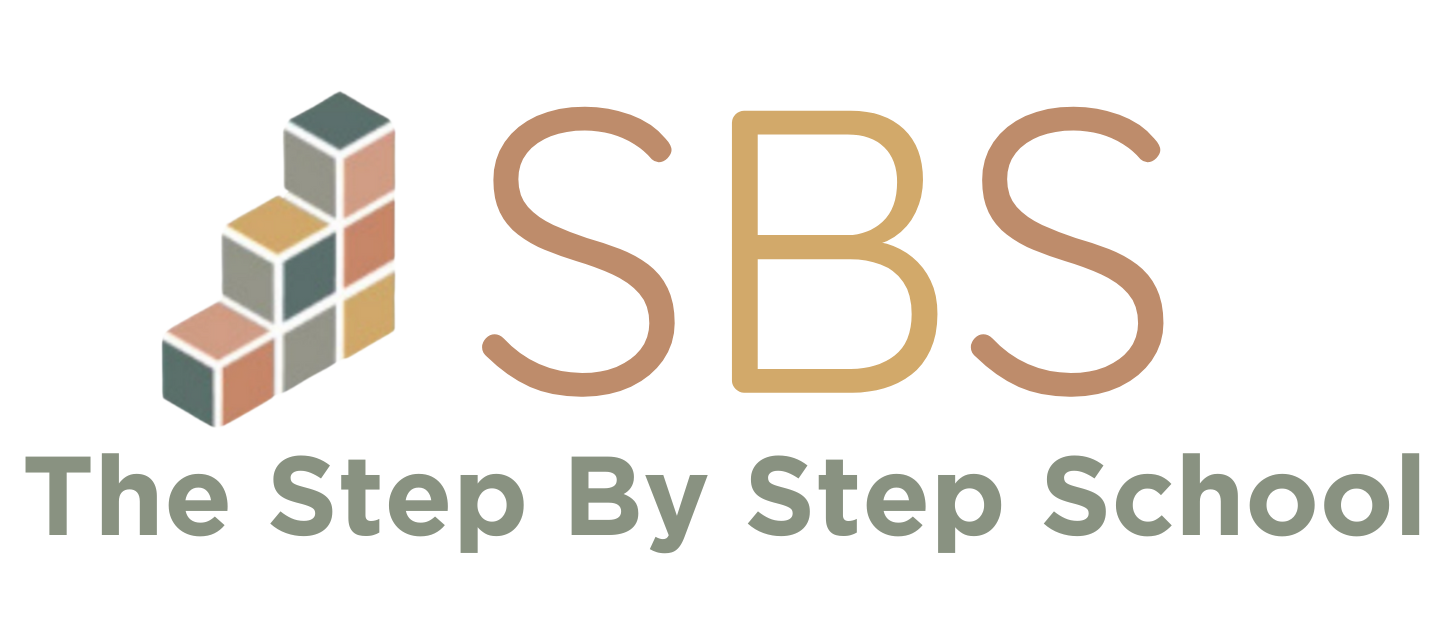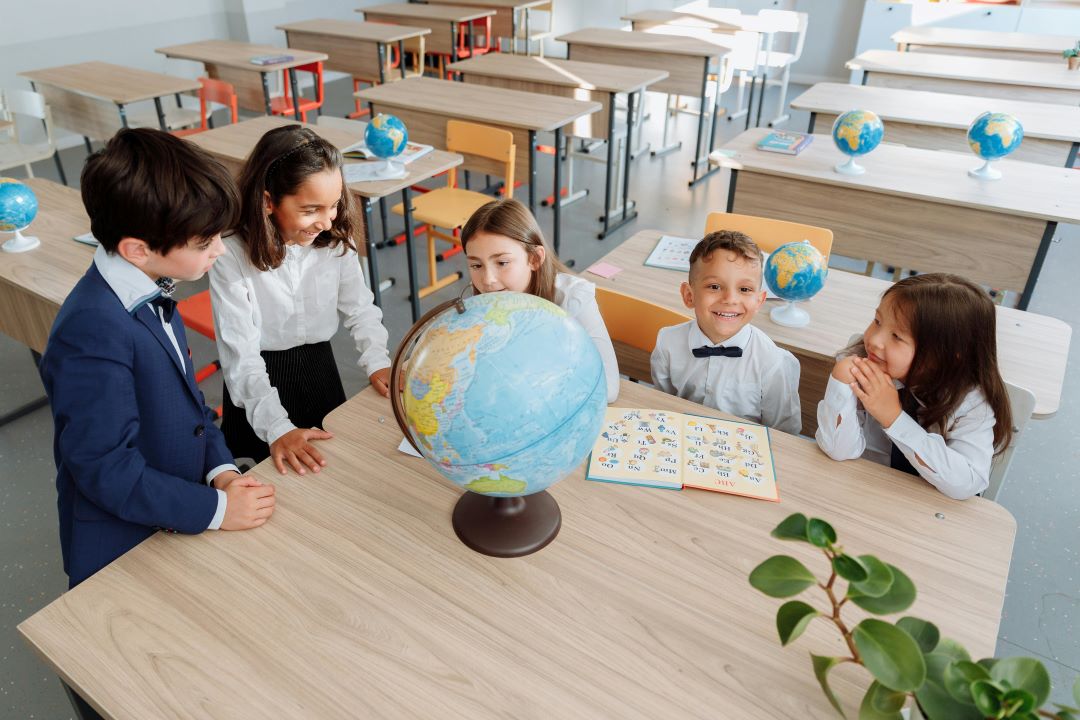Sending your child to preschool for the first time can be both exciting and emotional. As a parent, it’s natural to wonder what their day looks like. What will they learn? Will they feel safe and happy? Understanding the daily flow of a preschool program can ease those concerns and help you prepare your child for a successful start.
Preschool offers a rich mix of learning, social interaction, physical play, and emotional development. Whether you’re considering a school in Hudson, Monroe, or a nearby community, the structure of the day is carefully designed to support early childhood growth in a balanced and nurturing way.
Let’s walk through a typical day in the life of a preschooler and highlight what you can expect as a parent.
Morning Drop-Off and Settling In
The preschool day often begins between 8:00 AM and 9:00 AM, depending on the program. At drop-off, your child is greeted by warm and familiar faces. Teachers help children transition from home to the classroom with soft music, calm lighting, and quiet conversation.
This initial part of the day is known as “arrival time” or “free choice.” Children have the opportunity to explore centers, play with puzzles, read books, or do light crafts. These early activities help set a positive tone for the rest of the day and allow children to settle in at their own pace.
In Hudson and Monroe, local preschools often encourage parents to take a moment to say a loving goodbye to ease the transition.
Circle Time: Building Community and Communication
After morning arrivals, many preschool programs begin with circle time. This is when the class comes together to talk about the day’s activities, the weather, a theme, or a story. Teachers use songs, calendar activities, and group discussions to build routine and encourage communication.
Circle time also helps children practice listening skills, take turns speaking, and follow group directions—key components of early learning readiness. For many children, this is their first experience being part of a learning group, and it becomes one of their favorite parts of the day.
Preschools in Hudson and Monroe typically keep circle time short and interactive to match young attention spans.
Learning Centers and Structured Activities
After circle time, preschoolers often rotate through learning centers designed to support different aspects of development. These may include:
-
Art and creativity stations
-
Literacy corners with books and storytelling
-
Math and number activities using blocks or counters
-
Sensory play (e.g., water tables, sand trays)
-
Science experiments or exploration centers
This hands-on learning approach helps children discover their interests while building key academic and motor skills. Teachers guide small groups or individuals, encouraging children to ask questions and try new things.
The preschool curriculum in most accredited programs, including those in Hudson and Monroe, aligns with state early learning standards and supports holistic development.
Snack Time and Social Skills
Mid-morning snack time provides a chance for kids to recharge and socialize. Children sit together, often family-style, and learn about healthy habits, manners, and taking turns. They may help serve, clean up, or pass items around.
This time reinforces independence and social-emotional learning. Teachers encourage polite conversation and help children practice using words to express their needs.
Parents in Hudson or Monroe can usually view snack menus in advance, and schools typically accommodate allergies and dietary needs.
Outdoor Play and Gross Motor Development
Outdoor play is essential for preschoolers. Most programs include at least one period of outside time, where children run, climb, ride tricycles, or explore nature. In Hudson and Monroe, preschools often use nearby parks or fenced play areas to ensure safety and freedom to move.
This is more than just a break—it supports gross motor skills, coordination, and problem-solving. It also gives children a chance to manage energy in healthy ways and build peer relationships through play.
Story Time and Rest
After outdoor play and lunch, many preschoolers enjoy story time, where teachers read books that align with the week’s theme or focus. Reading aloud fosters language skills, imagination, and early literacy. Children often gather in a quiet corner with pillows or rugs to relax and listen.
Depending on the age group, a short nap or quiet time may follow. During this time, lights are dimmed and soft music plays. Children are encouraged to rest, even if they don’t sleep.
This part of the day helps regulate emotions and supports overall mental well-being.
Afternoon Activities and Pick-Up
The afternoon usually includes additional structured activities, more center time, or enrichment sessions like music, dance, or science projects. Some preschools in Hudson and Monroe offer bilingual lessons or yoga as part of their afternoon programming.
As the day winds down, children gather for a final group activity or discussion to review the day. Teachers may share highlights, talk about what’s coming tomorrow, or help children reflect on something they learned or enjoyed.
Parents arrive for pick-up during a designated window, and many schools provide brief summaries of the day’s activities.
What Parents Can Expect from a Preschool Day
Preschool isn’t just about learning numbers and letters. It’s a full day of exploration, relationship-building, and personal growth. Children are supported by trained educators who understand how to guide them through challenges and celebrate their achievements.
For parents, this means:
-
A structured routine that mirrors future school experiences
-
Frequent communication from teachers
-
Confidence that your child is growing emotionally, socially, and academically
Choosing a preschool in Hudson or Monroe that reflects your family’s values ensures your child is in an environment that feels like an extension of home.
FAQs About a Day in Preschool
1. What is a typical day like for a preschooler?
A typical preschool day includes arrival and playtime, circle time, learning centers, snack, outdoor play, story time, lunch, rest, and enrichment activities. Each moment is designed to support your child’s development.
2. How long is a full preschool day?
Full-day preschool programs usually run between 6 to 8 hours. Half-day programs are around 3 to 4 hours. In Hudson and Monroe, many schools offer flexible options based on family needs.
3. What do children learn in preschool?
Preschoolers learn social skills, communication, early math and literacy, problem-solving, independence, and self-regulation. Learning happens through play and guided exploration.
4. Is nap time mandatory in preschool?
Most preschools offer rest time for younger children. If your child doesn’t sleep, they can still benefit from quiet time. It helps children reset and reduces overstimulation.
5. How does preschool support emotional development?
Preschool provides a safe space where children learn to manage emotions, build relationships, resolve conflicts, and develop empathy. Daily routines and caring teachers offer consistent emotional support.








